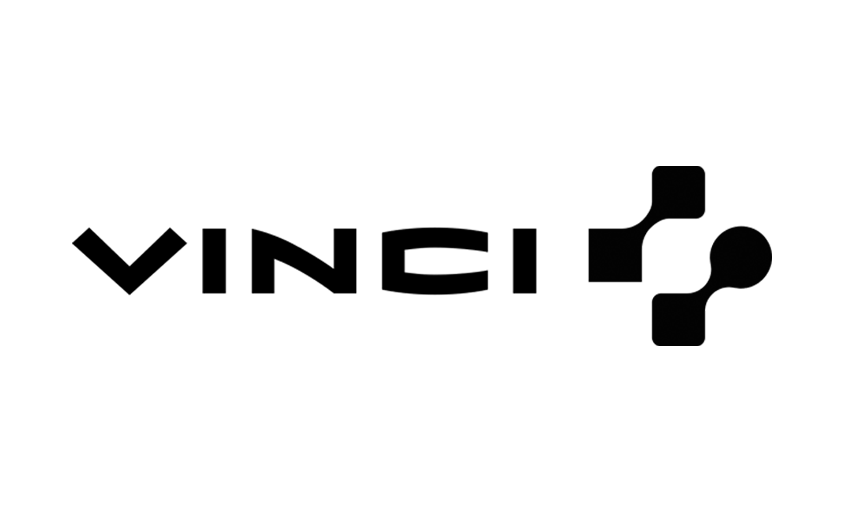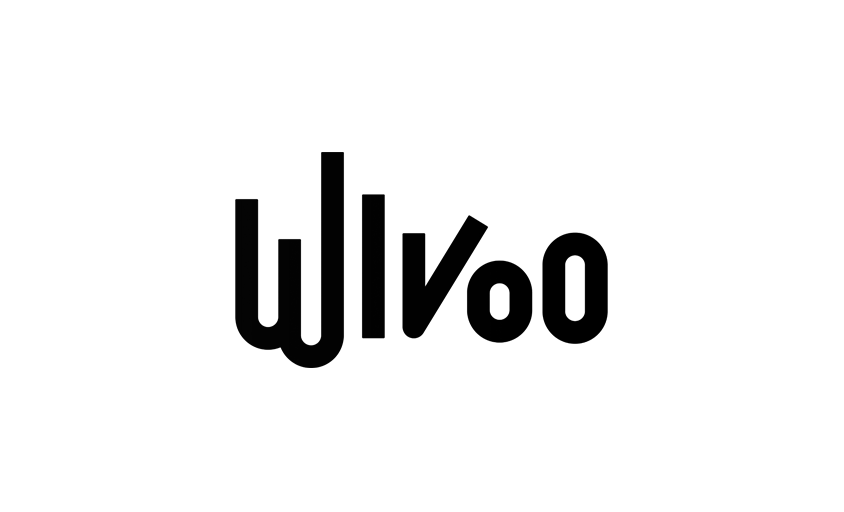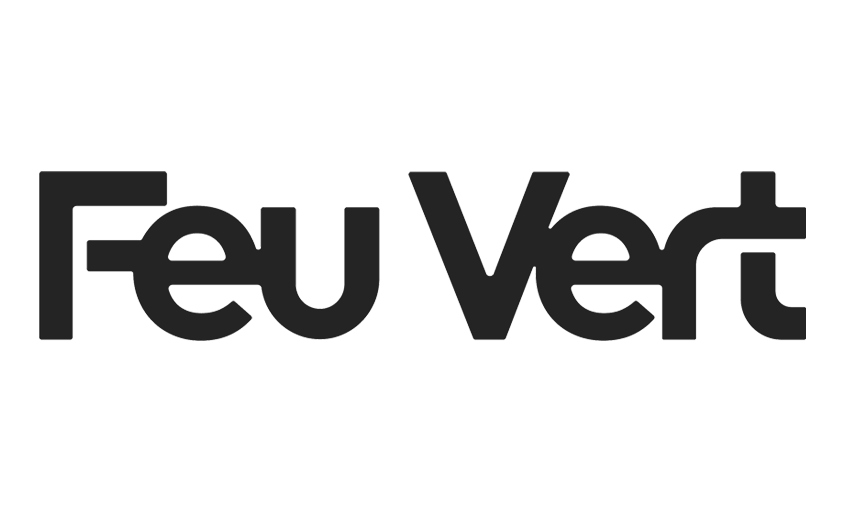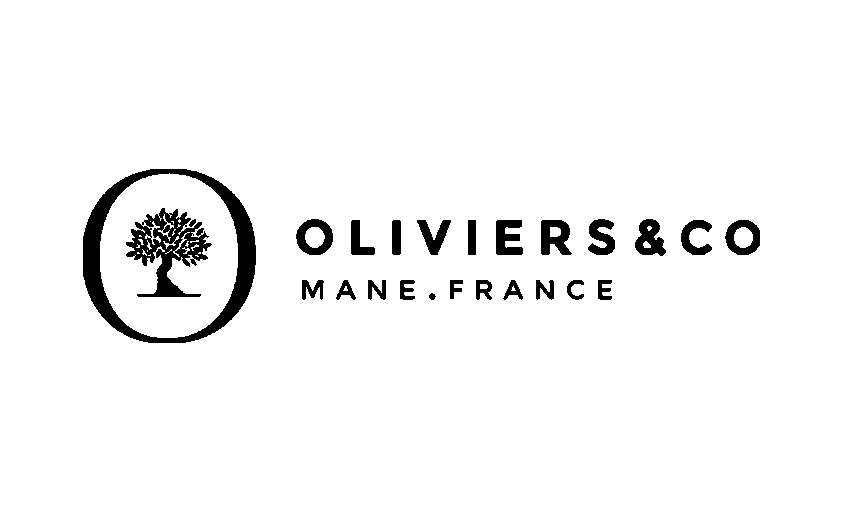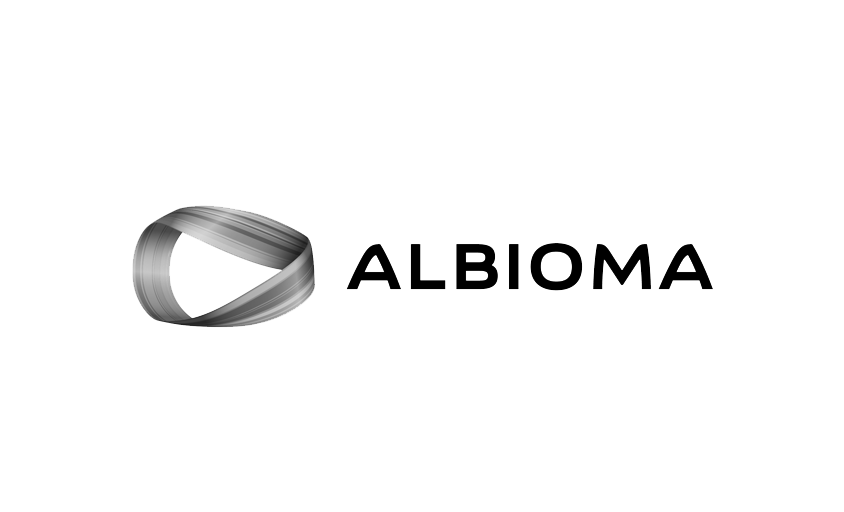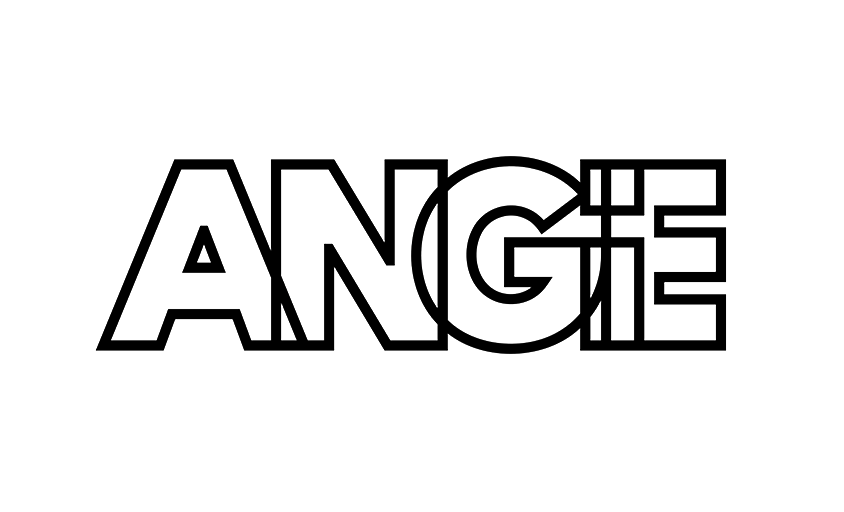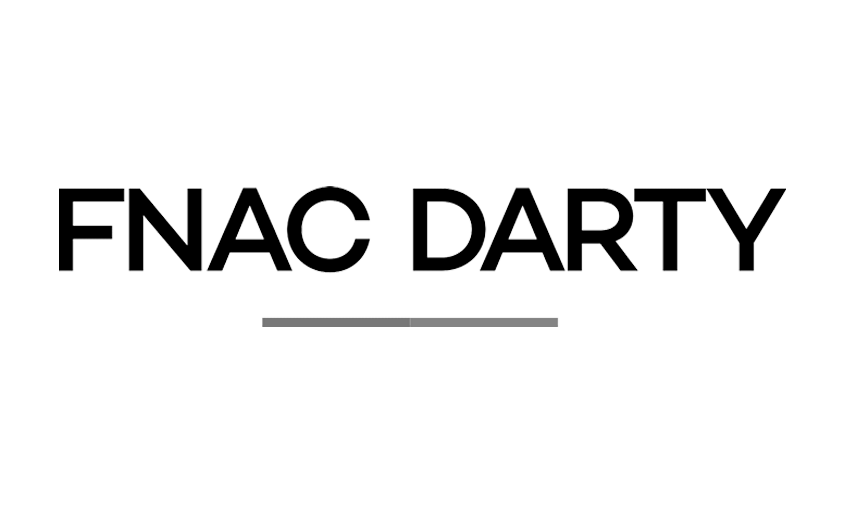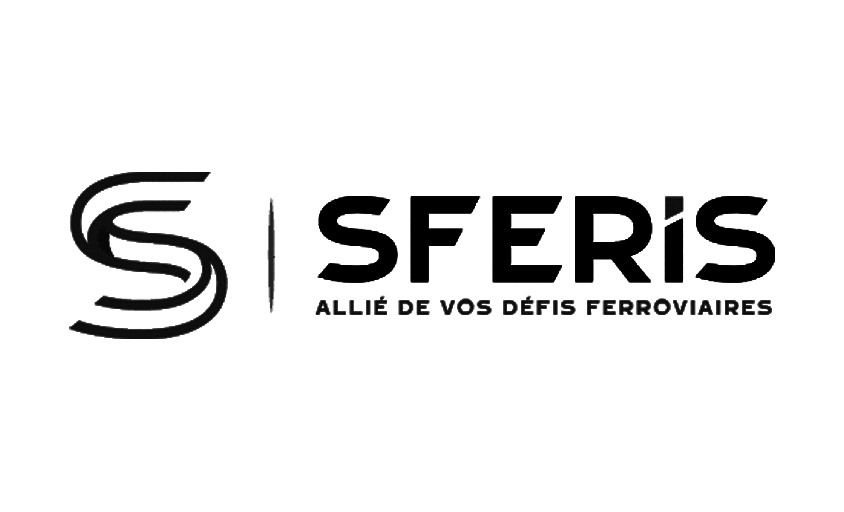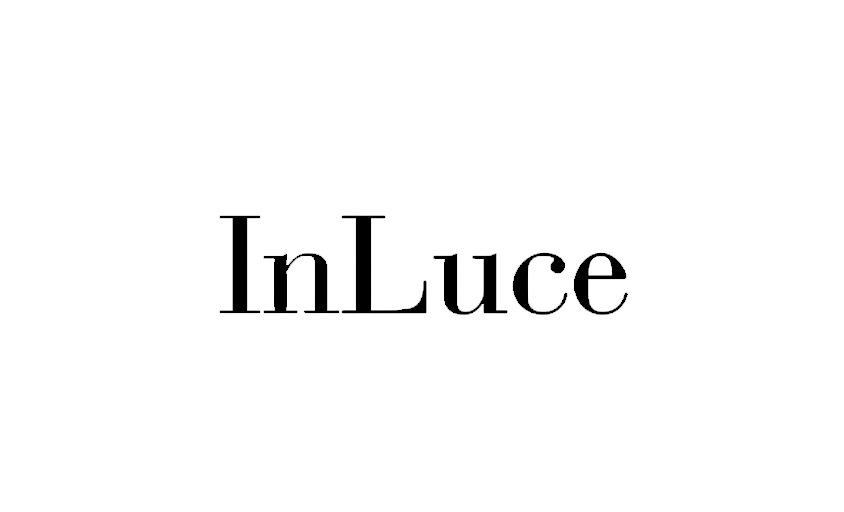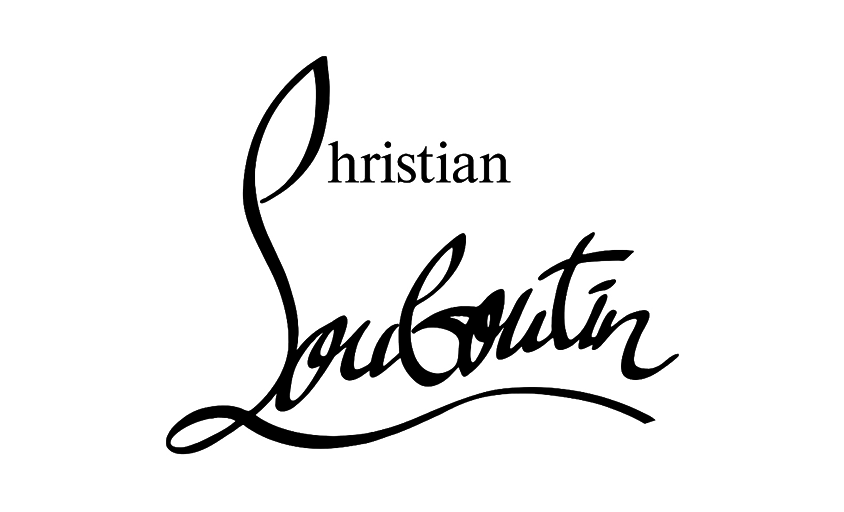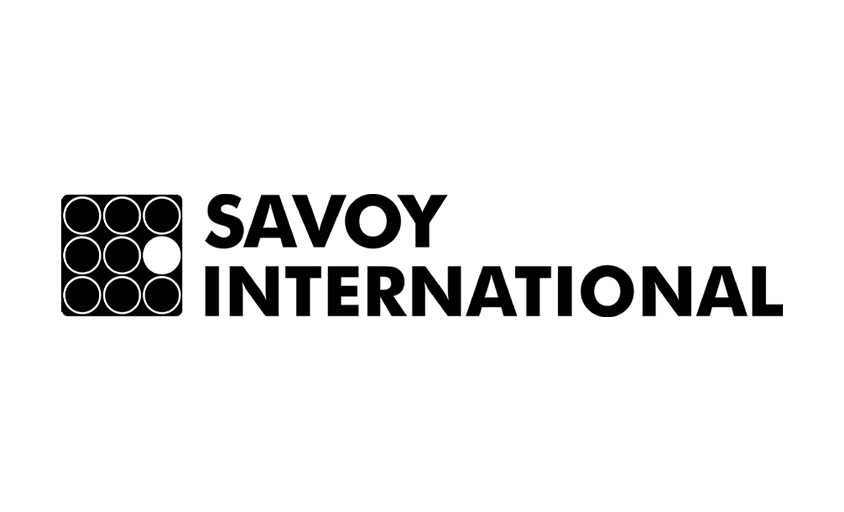Makeup Artist and Hairdresser: The Image Artists
In this article :
The makeup artist and hairdresser job play an essential role in fashion photography, advertising, and corporate photography, where appearance and image are paramount. Whether enhancing the model’s features or creating a specific look, these professionals are indispensable for transforming a subject’s appearance and helping them reach their full potential in front of the camera.
In this article, we explore the profession of makeup artist and hairdresser, their roles, responsibilities, required skills, and their impact on the final image of a photoshoot.
1. The Role of the Makeup Artist and Hairdresser in Photography
The makeup artist and hairdresser are creators of looks. Their role goes beyond simply applying makeup or styling hair—they help craft visual atmospheres that support the story told through the photo. Whether it’s a fashion shoot, a corporate portrait, or a product advertisement, they work closely with the photographer, stylist, and art director to adapt the model’s appearance to the project’s requirements.
Makeup can highlight facial features, conceal imperfections, or accentuate particular traits to make them more photogenic. Hairstyles must align with the style of the shoot and complement the model’s wardrobe.
2. Responsibilities of the Makeup Artist and Hairdresser
Preparing the Model
The first task is to prepare the model before the photo session. This includes cleansing the skin, applying a base of makeup, and styling the hair. The hairdresser may need to cut, curl, straighten, or create complex hairstyles depending on the shoot’s needs.
Creating Appropriate Looks
They are responsible for creating looks that suit the theme of the shoot. A fashion session may call for bold makeup, while a corporate portrait will require a more natural approach that enhances features subtly.
Stage Makeup or Special Effects
In specific situations like advertising or film shoots, they may work with stage makeup or special effects, including dramatic looks or prosthetics to transform the model into a specific character.
Touch-Ups During the Shoot
After initial styling, they ensure everything remains intact during the shoot. They may need to adjust makeup between shots, restyle hair for new poses or outfits, and manage shine, reflections, or imperfections under studio lights.
3. Skills Required to Become a Makeup Artist and Hairdresser
Technical Skills in Makeup and Hair Styling
A strong command of makeup and hairstyling techniques is essential, including an understanding of skin types, cosmetic products, and professional tools (brushes, sponges, curling irons, straighteners). They must be able to craft both natural and creative looks, and master complex hairstyles, from braids to sophisticated styles.
Creativity and Artistic Sense
They need a sharp eye for aesthetics to understand and execute the visual direction of the project. They must interpret requests from photographers and art directors and propose creative ideas that align with the project’s identity.
Knowledge of Trends
Like fashion, makeup and hairstyling constantly evolve. Staying current with trends ensures they can deliver modern looks, while also being able to reinterpret past styles in a contemporary context.
Communication and Teamwork Skills
They work closely with other professionals on set, making strong communication with the photographer, stylist, and model crucial. Flexibility and adaptability are also key when meeting the creative team’s needs.
4. The Makeup Artist and Hairdresser in the Creative Process
Though often behind the scenes, the makeup artist and hairdresser are fundamental to the creative process in photography. The model’s appearance must align with the concept, setting, and lighting of the shoot. Well-executed makeup and hairstyles enhance visual impact and support the narrative of the image.
At Rétines, we understand that every detail counts in a photoshoot. Our makeup artists and hairdressers work closely with our photographers to ensure that the final image perfectly reflects the creative vision. Makeup and hair styling are more than aesthetic, they are essential elements of visual storytelling.
5. How to Become a Makeup Artist and Hairdresser
Career paths vary depending on specialization, but here are some key steps:
Specialized Training
Many schools offer professional training in makeup and hairstyling. These programs, ranging from a few months to several years, develop both technical and creative skills. Some institutions also provide courses in stage makeup and special effects.
Internships and Work Experience
These careers are largely learned in the field. Interning with experienced professionals or assisting on creative projects is an excellent way to gain hands-on experience.
Networking and Building a Portfolio
Networking is essential to gain recognition in photography and film. A strong portfolio, showcasing previous work, is critical for attracting clients and building a reputation in the industry.
Conclusion
The makeup artist and hairdresser are indispensable professionals in the world of photography. By transforming the model’s appearance and creating looks tailored to each project, they play a direct role in the visual success of every shoot. At Rétines, we know that every detail matters, and that makeup and hairstyling are crucial to the quality of our images. If you have questions or want to discuss your project, don’t hesitate to contact us.
Jérémy Carlo is the editorial director at Rétines, where he ensures the consistency and clarity of all content produced by the studio.
Our Clients
Let’s discuss
What we do for you at Rétines
Meticulous work, an organised project and fast delivery. And to achieve this, we mobilise the right resources in our teams at the right time.
01
Pre-production
Artistic and technical direction tailored to the project.
Relevant recommendations on content, form and resources.
02
Photo Shooting
Photos taken by our experienced photographers.
Production that’s controlled, efficient and tailored to the needs of the project, with nothing superfluous.
03
Retouching
Technique
Photographs magnified by our retouching team.
Post-production to meet the commercial challenges of the brief.

